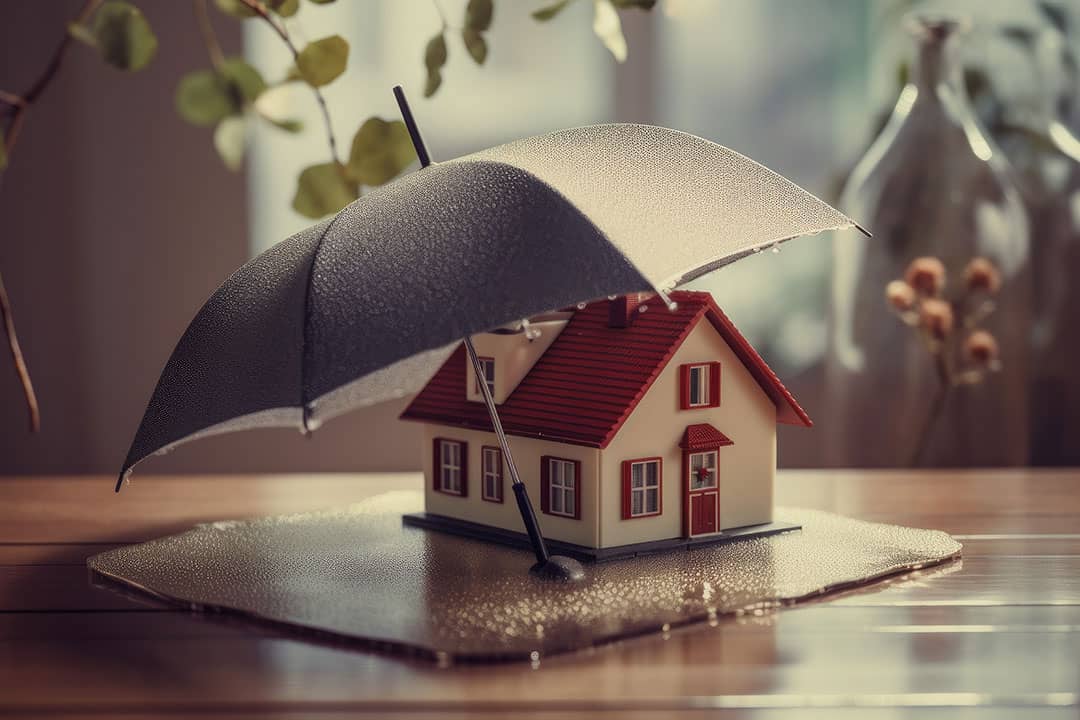Home insurance is a crucial safety net for homeowners, offering financial protection against various risks and perils. However, it’s equally important to understand what your policy does not cover to avoid unpleasant surprises when you need to file a claim. In this blog, we’ll explore the basics of home insurance, what it typically covers, and more importantly, what it does not cover.
Table of Contents
What Does Home Insurance Cover?
Home insurance, also known as homeowner’s insurance, generally provides coverage in three main areas:
1. Dwelling Protection: This covers the physical structure of your home, including the walls, roof, and built-in appliances, against risks like fire, hail, windstorms, and vandalism.
2. Personal Property Protection: This protects your personal belongings inside the home, such as furniture, electronics, and clothing, from covered perils.
3. Liability Protection: If someone is injured on your property or you accidentally damage someone else’s property, this coverage can help pay for legal fees and medical expenses.

What Home Insurance Does Not Cover?
Despite its comprehensive nature, home insurance policies come with several exclusions. Here are some common scenarios and items typically not covered:
1. Overland Flood Damage: Standard home insurance policies do not cover damage caused by flooding. Homeowners in flood-prone areas should consider purchasing separate flood insurance if it’s available in your area. Many homeowners assume that water damage is covered under their policy. Speak to your insurance broker for a better understanding of what is covered.
2. Home-based Business Liabilities: If you run a business from home, be aware that your standard home insurance policy might not cover liabilities related to your business activities. This gap in coverage could leave you vulnerable to financial risks. A broker can assist you in finding additional coverage options tailored to your specific business needs, ensuring complete protection for both your home and business.
3. Maintenance Issues: Home insurance does not cover damage resulting from neglect or poor maintenance. This includes issues like mold, pest infestations, and general wear and tear.
4. Sewer Backup: Damage caused by a sewer backup is usually not covered, though some insurers offer optional coverage for this peril.
5. High-Value Items: While personal property protection covers many belongings, there are limits on high-value items like jewelry, art, and collectibles. Additional coverage, known as a rider or endorsement, may be needed for full protection.
6. Vacant Home Coverage: If your home is vacant for an extended period, standard insurance policies may fall short in providing adequate coverage. Whether it’s because of renovations, seasonal vacancies, or other reasons, a vacant home faces unique risks. A broker can assist you in obtaining specialized coverage for vacant properties, ensuring your investment remains protected during periods of non-occupancy.
How to Ensure Comprehensive Coverage.
To ensure you have the coverage you need, consider the following steps:
1. Review Your Policy: Understand the specifics of what your policy covers and excludes. Regularly review and update your policy as needed.
2. Consider Add-Ons: Evaluate whether additional coverages like flood, earthquake, or sewer backup insurance are necessary for your situation.
3. Document Your Belongings: Keep an inventory of your personal property and their values. This can help in ensuring adequate coverage and streamline the claims process.
4. Maintain Your Home: Regular maintenance can prevent many issues that insurance won’t cover, like mold and pest infestations.
5. Consult Your Insurance Agent: Discuss any concerns or changes in your situation with your insurance agent to adjust your coverage appropriately.
Conclusion
Home insurance is essential for protecting your property and personal assets, but it’s not a catch-all solution. Understanding the exclusions in your policy can help you better prepare and ensure comprehensive protection for your home. By taking proactive steps and considering additional coverages, you can safeguard against a wider range of risks and have peace of mind knowing you’re well-protected.
Remember, the best defense is a good offense—know your policy, maintain your home, and be proactive about additional coverages where necessary.
Contact me if you have any questions about home insurance. Contact me today.
